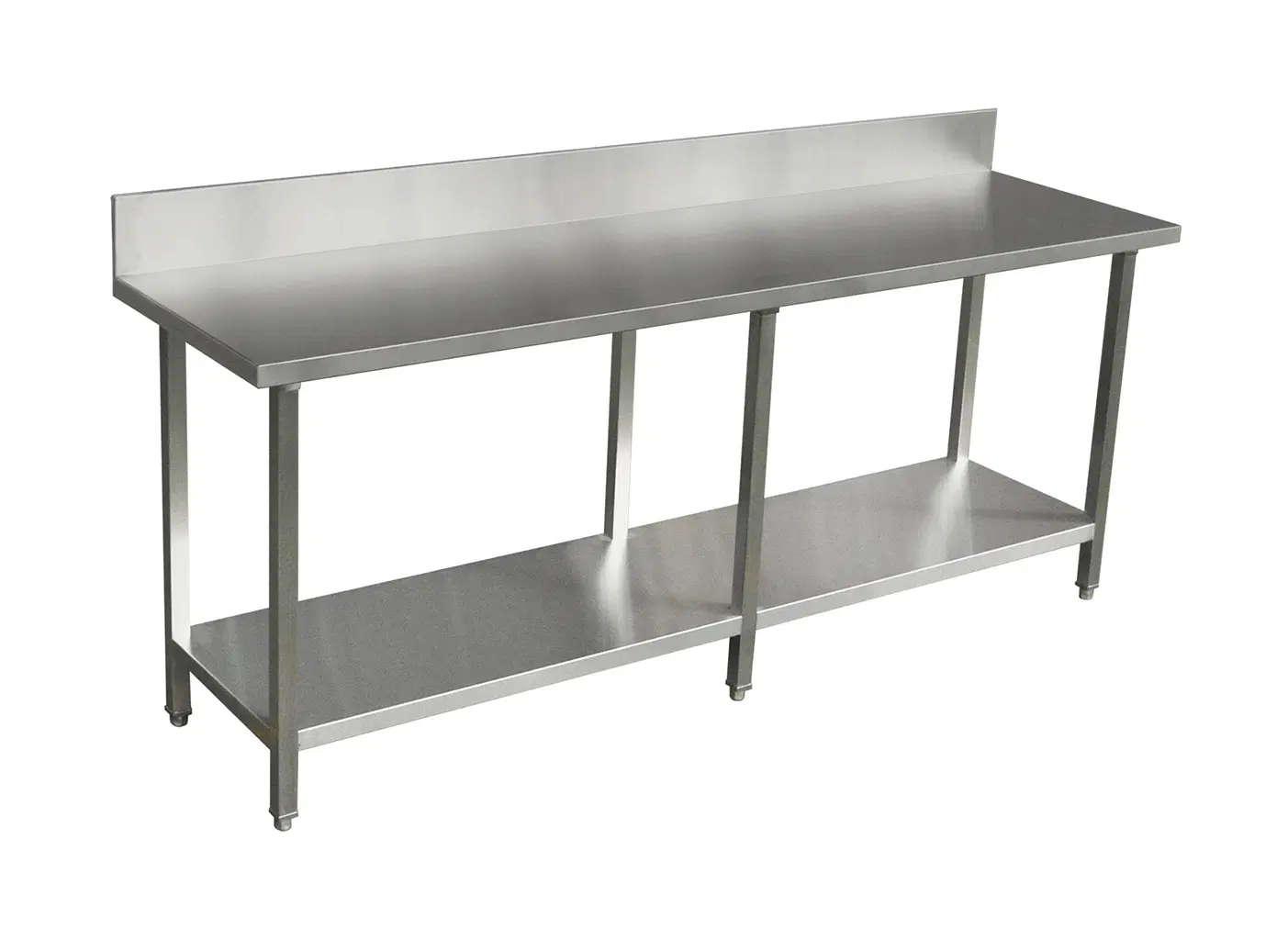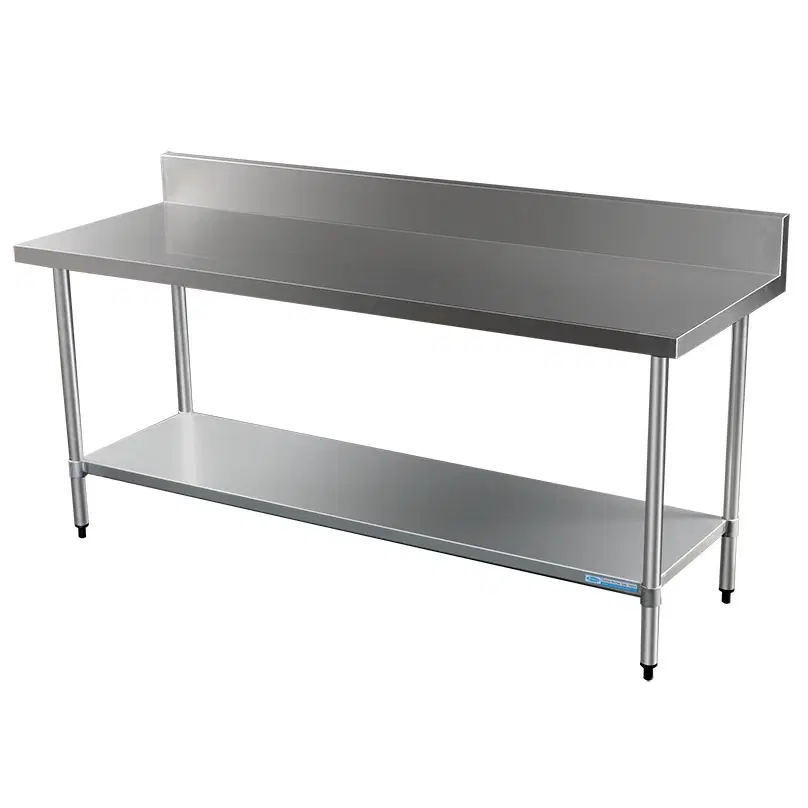
Creating the Ideal Workspace: Essential Features of Modern Lab Benches
Introduction
When it comes to creating the ideal workspace for laboratory scientists, one of the most important considerations is the design and functionality of lab benches. Lab benches serve as the foundation for conducting experiments, analyzing data, and carrying out various scientific tasks. In this article, we will explore the essential features of modern lab benches that contribute to creating an efficient and productive working environment for scientists. We will braycostainless.co.nz delve into the importance of lab benches and discuss their key features that maximize functionality and promote safety.
What is a Lab Bench?
Before we dive into the features of modern lab benches, let's first understand what exactly a lab bench is. A lab bench, also known as a laboratory workbench or benchtop, is a dedicated surface where scientists conduct experiments, handle chemicals, and perform various scientific procedures. It serves as a stable platform for equipment, instruments, and samples.
Lab benches are typically made from durable materials such as stainless steel or chemical-resistant laminates to withstand frequent use and exposure to chemicals. They are designed with specific features to ensure optimal functionality and safety in a laboratory setting.
Why is a Lab Bench Important?
Lab benches play a crucial role in creating a safe and efficient workspace for scientists. Here are some reasons why lab benches are important:
Workspace Organization: Lab benches provide scientists with dedicated space to organize their equipment, tools, and samples. This promotes efficiency by ensuring everything is easily accessible during experiments.
Safety: Lab benches are designed with safety features such as chemical-resistant surfaces to minimize the risk of spills or accidents. They can also be equipped with fume hoods or ventilation systems to remove harmful fumes or gases generated during experiments.
Ergonomics: A well-designed lab bench promotes ergonomics by allowing scientists to work comfortably and efficiently. Adjustable height options help accommodate scientists of different heights and prevent strain or fatigue during prolonged experiments.
Equipment Integration: Modern lab benches are designed to accommodate various laboratory equipment such as microscopes, centrifuges, or analytical instruments. They provide dedicated space and connections for power, data, and ventilation to seamlessly integrate these devices into the workspace.

Versatility: Lab benches can be customized based on specific scientific requirements. They can be equipped with additional storage options, overhead shelving, or task-specific accessories to enhance functionality and efficiency in the workspace.
Essential Features of Modern Lab Benches
Now that we understand the importance of lab benches let's explore the essential features that make them ideal for modern laboratory environments:
1. Ergonomic Design
Creating a comfortable and ergonomic workspace is essential for scientists who spend long hours conducting experiments. Modern lab benches are designed with adjustable height options to cater to scientists of different heights. This allows them to work at an optimal height, reducing strain on their backs and improving overall productivity.
2. Chemical-Resistant Surfaces
Lab benches come in contact with a variety of chemicals during experiments. It is crucial for the benchtop surface to be resistant to chemical spills and corrosion. Chemical-resistant laminates or stainless steel surfaces are commonly used in modern lab benches due to their durability and ability to withstand exposure to harsh chemicals.
3. Adequate Storage Options
Organizing equipment, tools, and samples is vital for efficient workflow in a laboratory setting. Modern lab benches offer a range of storage options such as drawers, cabinets, or shelves to keep everything within reach. This ensures easy access and minimizes clutter on the workspace.
4. Electrical Outlets and Data Connections
Integrating laboratory equipment into the workspace requires electrical outlets and data connections conveniently located near the benchtop. Modern lab benches are equipped with power outlets, data ports, and even USB charging points for seamless connectivity with various devices.
5. Ventilation Systems
Certain experiments or procedures in a laboratory generate harmful fumes or gases that need to be safely removed from the workspace. Lab benches can be equipped with built-in ventilation systems or connected to fume hoods to ensure a safe working environment for scientists.
6. Task-Specific Accessories
To enhance functionality and efficiency, modern lab benches can be customized with task-specific accessories. These accessories may include adjustable lighting, monitor arms, keyboard trays, or specialized holders for pipettes or test tubes. Such additions cater to specific scientific needs and optimize the workspace for various experiments and tasks.
7. Cleanroom Compatibility
In cleanroom environments where contamination control is critical, lab benches designed specifically for these settings are available. These benches have smooth surfaces, rounded edges, and are made from non-porous materials that are easy to clean and maintain.
8. Mobility Options
In some laboratory settings, flexibility and mobility are essential. Mobile lab benches with wheels provide scientists the ability to reconfigure their workspace as needed or move equipment between different areas of the lab without hassle.
9. Anti-Vibration Features
Certain scientific procedures require precise measurements and delicate instruments that can be affected by vibrations. Modern lab benches can be equipped with anti-vibration features such as vibration-damping materials or isolators to minimize vibrations and ensure accurate results.
10. Durability and Longevity
Lab benches should be durable enough to withstand frequent use and exposure to chemicals without compromising functionality or safety. Modern lab benches are designed with high-quality materials that offer longevity, ensuring they remain reliable even after years of use.
FAQs about Lab Benches
- A: When selecting a lab bench size, consider the available space in your laboratory as well as your specific research requirements. Ensure there is enough room for equipment and comfortable movement around the bench.
- A: Yes, modern lab benches can be customized with various accessories, storage options, or even integrated sinks or fume hoods to cater to specific laboratory requirements.
- A: Lab benches are typically made from chemical-resistant materials such as stainless steel or laminates. These surfaces are designed to withstand exposure to chemicals and minimize the risk of damage or corrosion.
- A: Safety features to consider include chemical-resistant surfaces, built-in ventilation systems, fume hoods, and anti-vibration features. These features ensure a safe working environment for scientists.
- A: Yes, modern lab benches are designed to integrate various laboratory equipment such as microscopes, centrifuges, or analytical instruments. They provide dedicated space and connections for seamless integration.
- A: Lab benches should be regularly cleaned and maintained according to the guidelines provided by the manufacturer. This ensures their longevity and prevents contamination in the workspace.
Conclusion
Lab benches are an essential component of creating an ideal workspace for scientists in laboratories. By incorporating ergonomic design, chemical-resistant surfaces, adequate storage options, electrical outlets, ventilation systems, task-specific accessories, cleanroom compatibility, mobility options, anti-vibration features, and ensuring durability and longevity, modern lab benches maximize functionality and promote safety.
Choosing the right lab bench that suits specific research requirements is crucial for creating a productive working environment. With customizable options available in the market today, scientists have the flexibility to tailor their workspace according to their unique needs. By investing in high-quality lab benches, laboratories can provide scientists with the ideal workspace to carry out their experiments and research efficiently while ensuring their safety and well-being.